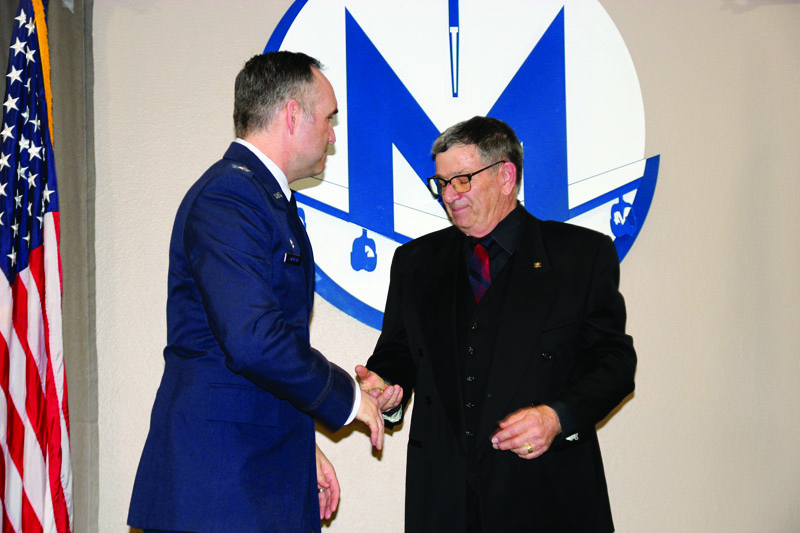The application deadline for one of 2,700 tundra swan licenses has come and gone. But if 2019 follows trends in recent years, it’s likely wanna-be swan hunters could still have an opportunity to hunt.
The lottery hasn’t sold out in recent years, explained N.D. Game and Fish Department Migratory Game Bird Management Supervisor Mike Szymanski. However, after the lottery leftover licenses are available first-come, first-served. “Those always sell out within a few days,” he added.
Both residents and nonresidents can apply for a North Dakota swan license.
The number of available swan licenses has increased over the years since the inaugural 1988 season when 400 hunters first went afield. The Game and Fish Department’s management strategy has been conservative in harvest, Szymanski explained, but populations allowed for gradually increased license numbers over the last three decades.
North Dakota is one of five states with a tundra swan season. The big birds nest in the Alaska’s North Slope and east along the Arctic, migrating through North Dakota.
Tundra swans focus on wetlands with submergent aquatic vegetation, Szymanski described, and are especially fond of sago pondweed. Despite their size – males weighing about 16 pounds, standing four-plus feet with a wingspan exceeding four feet – the size of the wetland they feed on is dictated by food availability more so than depth.
Tipping upside-down to feed much like dabbling ducks, they root around and pull out sago pondweed tubers for their meal, Szymanski continued. That’s why hunters could see opportunistic, companion ducks hanging near feeding tundra swans.
It’s not that they’re great buddies – it’s so the ducks can feed on whatever the swans root up that they don’t eat. Gadwall and wigeon are two duck species in particular that like to take advantage of the swan’s feeding efforts.
When the swan season opens and migration is underway, focus not on wetland size, but instead look for ones with submergent vegetation. The wetland simply needs to be large enough for swans to have enough room to run across the top of the water to take flight, Szymanski added.
Some other notable things about tundra swans:
• They’re entirely white but their heads and necks can become stained with a rusty color from feeding in the marshy water.
• The western population winters along the Pacific Coast from southern British Columbia down to California while the eastern population winters along the Atlantic Coast from New Jersey to South Carolina.
• Tundra swans usually have a yellow spot in front of their eyes.
• Juveniles are grayish-white in coloration.
• Adults have black feet and bill; juveniles have dull pinkish feet and bill and lack the yellow spot in front of their eyes.
• Their bill and feet are visible when in flight.
• Their call is loud and musical, a varied “wow-wow-ou” and “who-who”.
The 2019 swan season:
• Statewide season opens Sept. 28, closing Dec. 29.
• 2,700 available licenses.
• Be sure to purchase all required licenses early because swan tags aren’t mailed out to successful applicants until the hunter has all of the other required licenses.
Species identification is always critical when hunting and hunters need to sure to identify a swan from the endangered whooping crane, snow geese, and Ross’s geese.
Quote of the Week: “They’re (tundra swans) dabbling basically like a duck, so they’re tipping upside down.” – N.D. Game and Fish Department Migratory Game Bird Management Supervisor Mike Szymanski describing tundra swans.












